Tag: lungs

Increasing suction pressure during endotracheal suctioning increases the volume of suctioned secretions
It may be assumed that 250 mmHg suction pressure, via compliance with open system suction method related procedures, is being more effective and equally safe for secretion cleaning in comparison to the 80 and 150 mmHg suction... read more
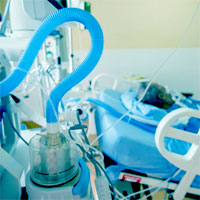
Development and assessment of the performance of a shared ventilatory system
Using standard clinical components, a system of shared ventilation consisting of two ventilatory limbs was assembled and connected to a single ventilator. Individual monitors for each circuit were developed using widely available... read more

The voice of people living with COPD: what I learned from doing qualitative research
As a general respiratory physician, schooled in the clinical world of evidence-based medicine (EBM), I shared a common view that qualitative research was, well, flaky. Where was the science? The statistical significance?... read more
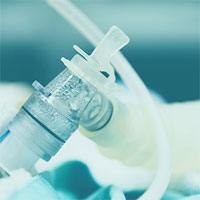
Lung ventilation distribution in patients after traditional full sternotomy and minimally invasive thoracotomy
The aim of the study was to examine the post-operative ventilation distribution changes in cardiac surgical patients after traditional full sternotomy (FS) or minimally invasive thoracotomy (MIT). A total of 40 patients... read more
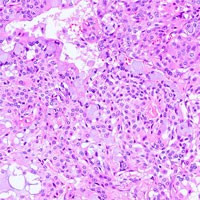
Lung Histopathology in COVID-19 as Compared to SARS and H1N1 Influenza
Diffuse alveolar damage (DAD) was reported in 88% of patients with COVID-19. This is similar to both H1N1 (90%) and SARS (98%). Pulmonary microthrombi was reported in 57% of patients with COVID-19. This was similar to... read more
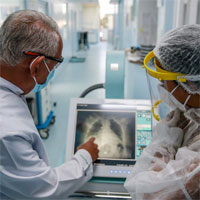
Some Signs of Recovery From Severe COVID-19 Lung Damage
In two early studies, researchers said some patients showed signs of healing just weeks after leaving the hospital. Lingering shortness of breath and diminished stamina have dogged many COVID patients whose lungs were... read more

All Intensivists Are Not Created Equal
I’d like to preface this story by saying that the majority of the intensivists I have worked with have been exceptional, caring, and professional. We had all established a good camaraderie, and we had mutual respect for... read more

Exhaled Air Dispersion During Bag-mask Ventilation and Sputum Suctioning
Mask ventilation and coughing during oro-tracheal suctioning produce aerosols that enhance nosocomial transmission of respiratory infections. We examined the extent of exhaled air dispersion from a human-patient-simulator... read more

Functional Disability 5 Years After ARDS
Exercise limitation, physical and psychological sequelae, decreased physical quality of life, and increased costs and use of health care services are important legacies of severe lung injury. At 5 years, the median 6-minute... read more

Effects of Paracentesis on Hemodynamic Parameters and Respiratory Function in Critically Ill Patients
Paracentesis in critically ill patients is safe regarding hemodynamic function, renal function and intervention-related complications. Furthermore, paracentesis in critically ill and mechanically ventilated patients results... read more
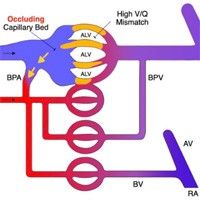
COVID-19 Acute Lung Injury
There is a lot we still do not know when it comes to COVID-19 pathophysiology. We are learning every day, and as we navigate the waters of the unknown, there are a few that boldly dare to try and understand what is happening... read more
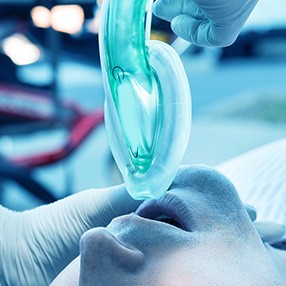
Use of Supraglottic Airways During COVID-19 Pandemic
This document is produced in response to questions about the use of supraglottic airways (SGAs) during the current pandemic. The advice that it contains is based on the expert opinion of airway specialists and is meant to... read more
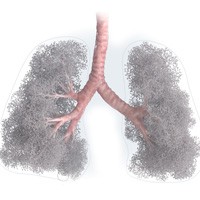
In the Fight to Treat Coronavirus, Your Lungs Are a Battlefield
Ventilators have become the single most important piece of medical equipment for critically ill coronavirus patients whose damaged lungs prevent them from getting enough oxygen to vital organs. The machines work by forcing... read more

How COVID-19 Causes ARDS
As the COVID-19 outbreak continues, we're learning more about the disease, what it does to the body and the damage it causes. Although many people with COVID-19 have no symptoms or only mild symptoms, a subset of patients... read more




